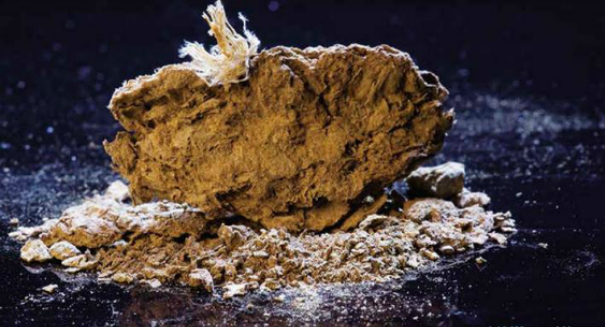
Ancient human artifacts have been found at the Paisley Point Five Mile Caves in Oregon that predate the Clovis culture by 1,000 years.
A cave complex in Lake County, Oregon has revealed signs of human habitation dating back to 12,300 years ago- 1,000 years earlier than archaeologists had anticipated.
The Paisley Point Five Mile Caves have been continually excavated since the 1930s, with extensive research beginning by University of Oregon students in 2002.
A sandal dating from 8,000-9,000 years ago was excavated by University of Oregon professor and renowned archaeologist Luther Cressman, whose interest in the area sparked the series of renewed digging efforts. It is now on display at the Klamath County Museum.
The Bureau of Land Management operates the Paisley Point Five Mile Caves and is pleased to see the site listed in the National Register of Historic Places. According to Stan McDonald, the official Washington and Oregon state archaeologist, “The site’s listing underscores the importance of Oregon’s archaeological heritage to understanding the full breadth of the human experience.”
The cave has yielded a number of important artifacts which can be carbon dated to determine age. Coprolites, or preserved human feces, have been found in the cave system and have helped archaeologists detect when human habitation first occurred at the site.
The Paisley coprolites are 1,000 years earlier than Clovis sites, which have long been thought to be the first examples of human occupation in the Americas. The Clovis culture, known for their distinct spear points, was first discovered in New Mexico in the early 1900s. Archaeologists have long held the belief that the Clovis peoples were the first inhabitants of the Americas, but the Paisley findings have overturned this belief.
Dr. Dennis Jenkins of the University of Oregon led the current series of excavations and chemical analyses. His team carbon-dated over 200 coprolites and found that they consistently dated back to pre-Clovis times. This indicates that there was an ancient group of humans in the Pacific Northwest at the end of the Ice Age.
Leave a Reply